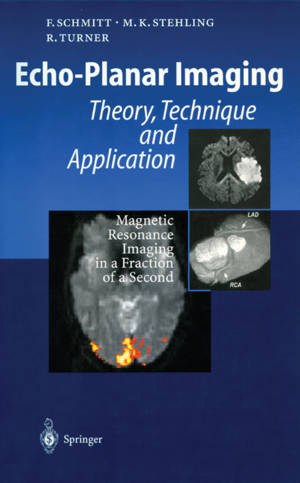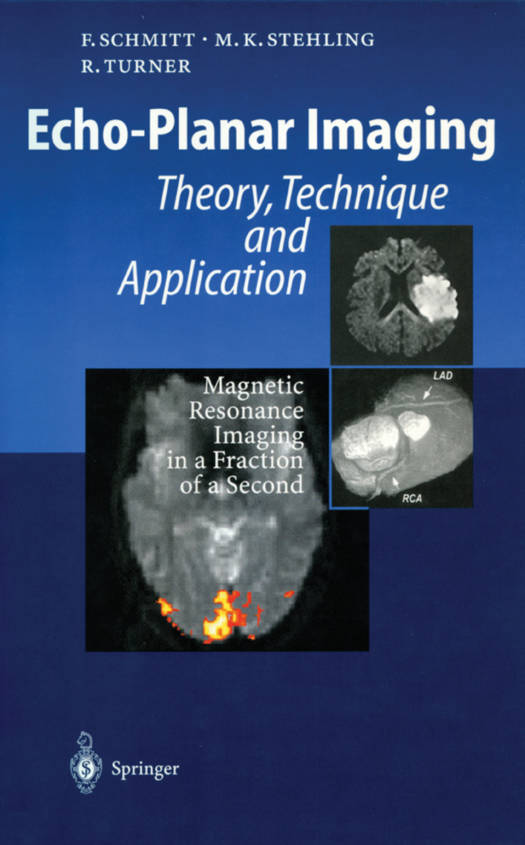
- Afhalen na 1 uur in een winkel met voorraad
- Gratis thuislevering in België vanaf € 30
- Ruim aanbod met 7 miljoen producten
- Afhalen na 1 uur in een winkel met voorraad
- Gratis thuislevering in België vanaf € 30
- Ruim aanbod met 7 miljoen producten
Zoeken
Echo-Planar Imaging
Theory, Technique and Application
Franz Schmitt, Michael K Stehling, Robert Turner
Paperback | Engels
€ 105,45
+ 210 punten
Omschrijving
"Dost thou love life? Then do not squander time, for that's the stuff life is made oj': Benjamin Franklin This book describes the technical principles and applications of echo-planar imaging (EPI) which, as much as any other technique, has shaped the develop- ment of modern magnetic resonance imaging (MRI). The principle of EPI, namely, the acquisition of multiple nuclear magnetic resonance echoes from a single spin excitation, has made it possible to shorten the previously time-con- suming MRI data acquisition from minutes to much less than a second. Interest- ingly, EPI is one of the oldest MRI techniques, conceived in 1976 by Sir Peter Mansfield only 4 years after the initial description of the principles of MRI. One of the inventors of MRI himself, Mansfield realized that fast data acquisition would be paramount in bringing medical applications of MRI to full fruition. The technological challenges in implementing EPI, however, were formidable. Until the end of the 1980s few people believed that EPI would be clinically useful, since its complexity was far greater than that of "conventional" MRI methods.
Specificaties
Betrokkenen
- Auteur(s):
- Uitgeverij:
Inhoud
- Aantal bladzijden:
- 662
- Taal:
- Engels
Eigenschappen
- Productcode (EAN):
- 9783642804458
- Verschijningsdatum:
- 12/02/2012
- Uitvoering:
- Paperback
- Formaat:
- Trade paperback (VS)
- Afmetingen:
- 156 mm x 234 mm
- Gewicht:
- 934 g

Alleen bij Standaard Boekhandel
+ 210 punten op je klantenkaart van Standaard Boekhandel
Beoordelingen
We publiceren alleen reviews die voldoen aan de voorwaarden voor reviews. Bekijk onze voorwaarden voor reviews.











